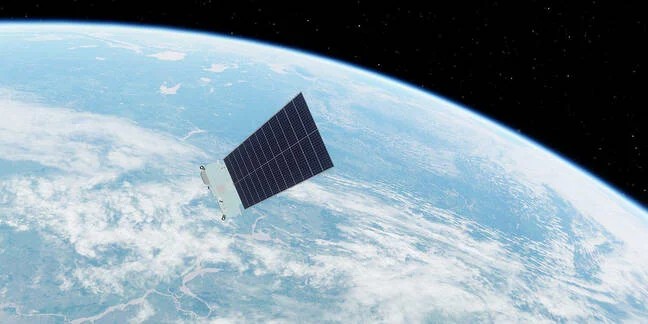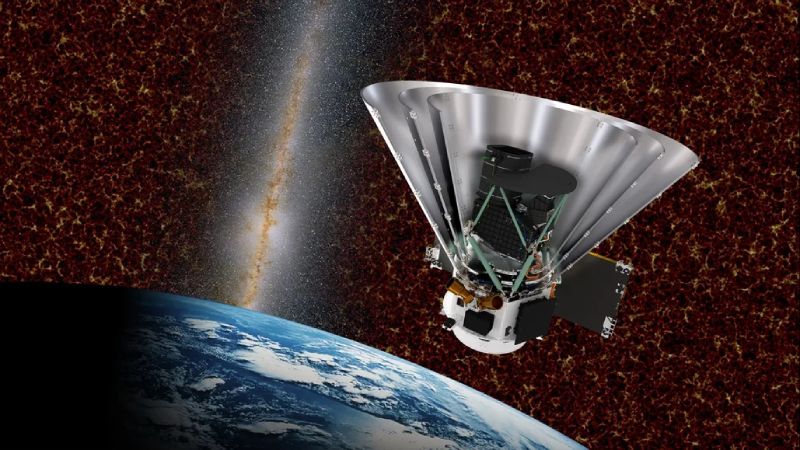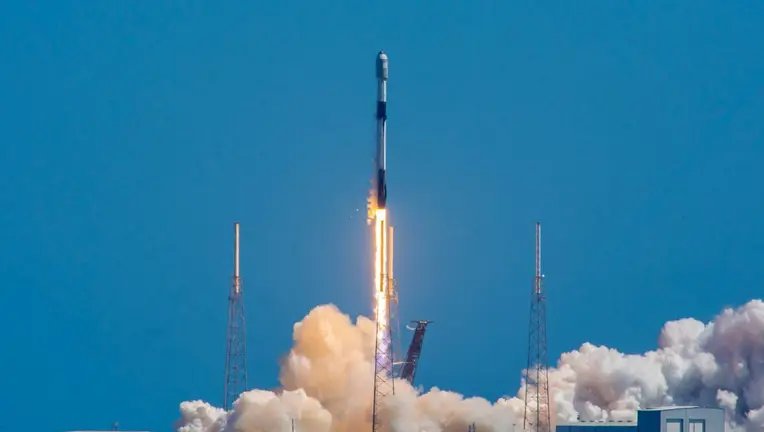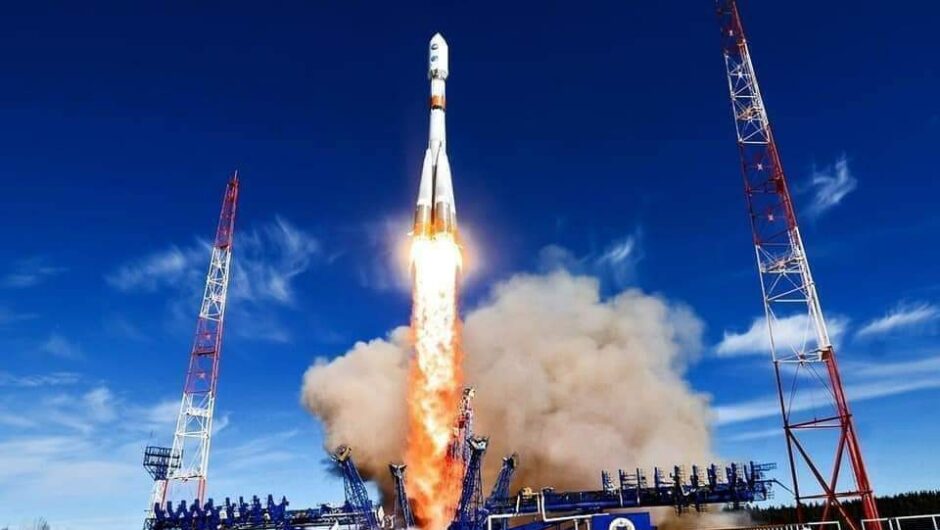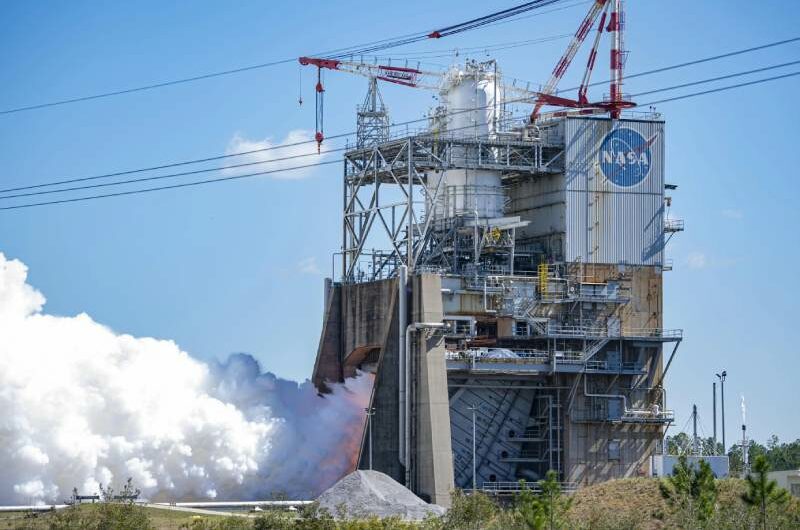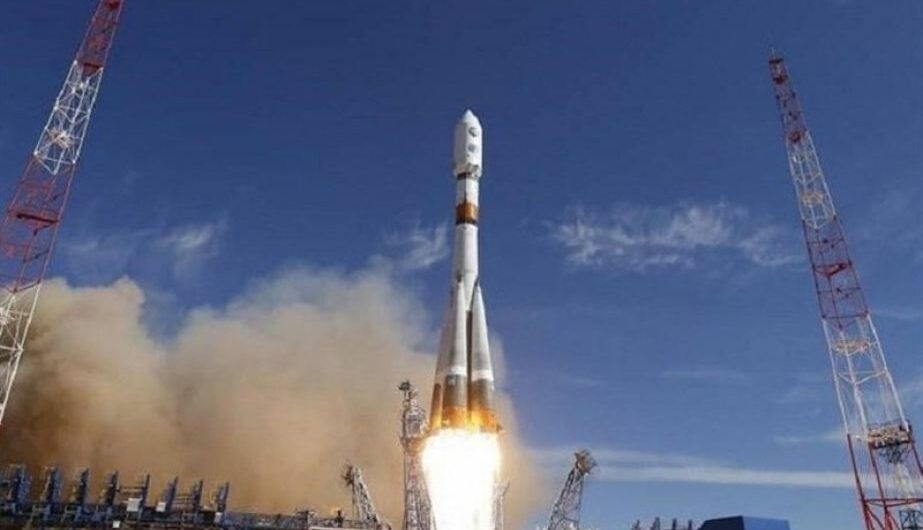SpaceX launched the first of a new generation of Starlink internet satellites into orbit in a stunning sunset liftoff on Monday evening (Feb. 27).
At 6:13 p.m. EST (23:13 GMT) on Monday, 21 of the brand-new Starlink “V2 mini” satellites manufactured by SpaceX launched from Florida’s Cape Canaveral Space Force Station on a Falcon 9 rocket. According to a SpaceX Twitter update, “a space weather concern” caused that to take place approximately five hours later than originally planned.
The first stage of the Falcon 9 successfully landed on the SpaceX droneship A Shortfall of Gravitas, which was stationed in the Atlantic Ocean off the coast of Florida, 8.5 minutes after liftoff, as planned. SpaceX representatives stated that this particular booster’s third liftoff and landing occurred.
The upper stage of the rocket continued to propel itself toward low Earth orbit, deploying the 21 Starlink satellites as planned 64.5 minutes after liftoff.
A test set of 21 V2 mini Starlink satellites is intended to fit on Falcon 9 of SpaceX. On SpaceX’s massive Starship Mars rocket, which is not yet operational, the full-size Starlink V2 spacecraft will be launched in batches.
Elon Musk, the founder and CEO of SpaceX, claims that the full-size Starlink V2s are both larger and more capable than the Starlink generations that came before them. Each V2 spacecraft will be able to send service directly to cellphones and will weigh 1.25 tons (1,130 kilograms); Through a partnership with T-Mobile, SpaceX has already stated its intention to do so in 2023.
Despite being smaller than the full-size version, SpaceX’s V2 minis are still larger and more capable than the other Starlink craft it has launched thus far.
“V2 minis include key technologies — such as more powerful phased array antennas and the use of E-band for backhaul — which will allow Starlink to provide ~4x more capacity per satellite than earlier iterations,” SpaceX said via Twitter on Sunday (Feb. 26).
Argon Hall thrusters, which had never been used off Earth before, are also available on the V2 minis. SpaceX stated in another tweet on Sunday that the new thrusters “have 2.4x the thrust and 1.5x the specific impulse of our first gen thrusters.”
More than 4,000 Starlink satellites for internet service around the world have already been launched by SpaceX, and more satellites are on the way: The company has applied for approval to deploy nearly 30,000 satellites in addition to the 12,000 Starlink craft that it already has permission to launch from regulatory authorities.
The Crew-6 astronaut mission for NASA, which was scheduled to launch early Monday morning, and another Starlink launch on Monday afternoon from Vandenberg Space Force Base in California were also originally planned to be part of a tripleheader.
However, due to a problem with the ground system late in the countdown, Crew-6’s planned liftoff was postponed. Thursday, March 2, at 12:34 a.m. EST (05:34 GMT), the next launch opportunity for Crew-6 is possible.
Bad weather caused the Vandenberg mission, which will launch 51 older Starlink satellites, to be delayed. It could go live on Tuesday, February 28.
Topics #SpaceX #Starlink #Starlink internet satellites #V2 mini
